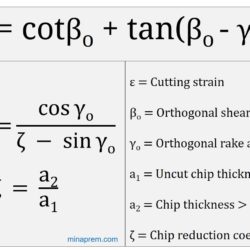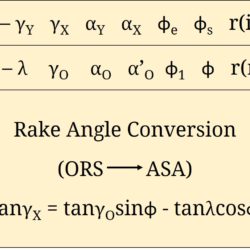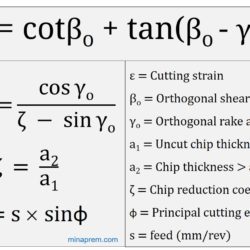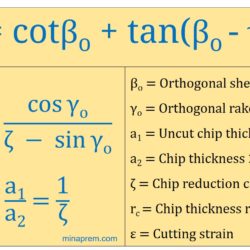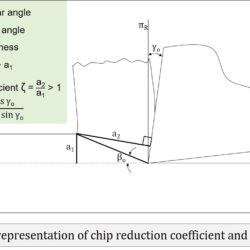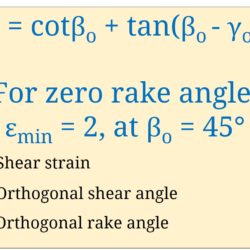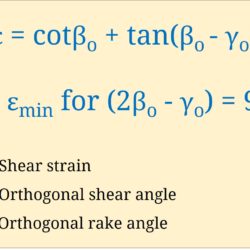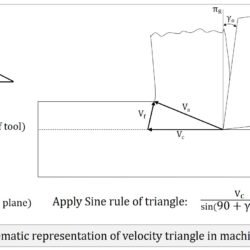Calculate shear plane angle and shear strain in orthogonal cutting
Question: In an orthogonal cutting operation, the tool has a rake angle of 10°. The chip thickness before the cut is 0.5mm and the cut yields a deformed chip thickness of 1.125 mm. Calculate (i) shear plane angle, and (ii) shear strain for the operation. [IAS 2015] Solution: During machining, the excess material is gradually removed in the form of chip by shearing only. Although shearing takes place over a
